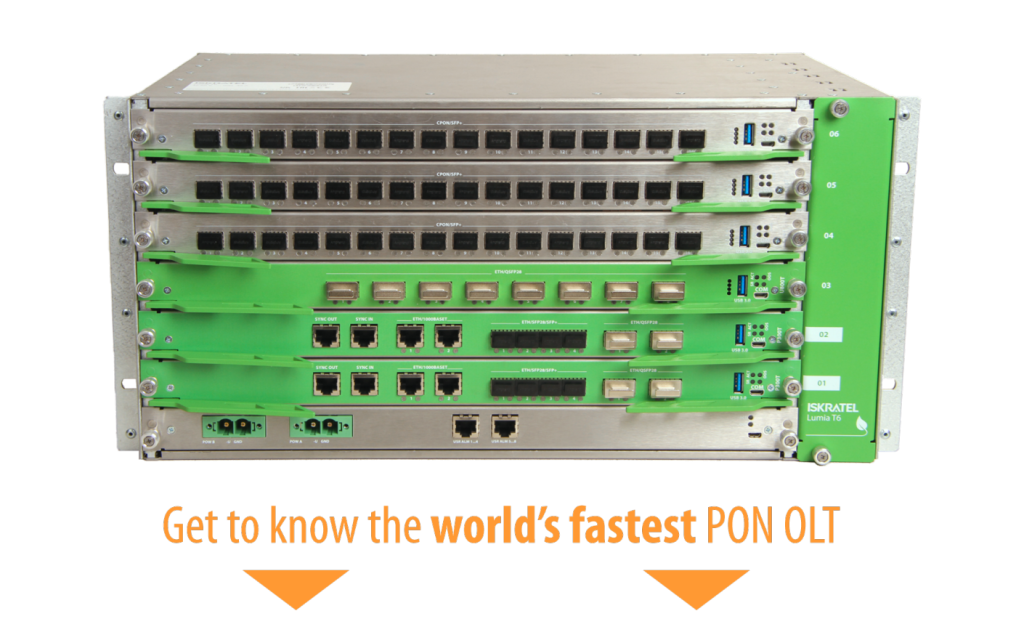Unlocking next-generation fibre broadband in the UK market
by Simon Higgins, UK Key Account Manager
(3-minute read / 700 words)
Internet traffic has continued to climb exponentially as our dependency on reliable and ubiquitous connectivity has intensified following the global pandemic.
Now, our typical day-to-day activities include attending virtual meetings, downloading and streaming videos, or accessing emails. Subsequently, heightened expectations from consumers for increased speeds and higher bandwidth inside homes and offices show no signs of waning any time soon.
But operators can only leverage new and emerging technologies such as 5G and the Internet of Things by utilising a next-generation network that seamlessly supports a platitude of services and bandwidth-hungry applications for the user. Governments across Europe and beyond have outlined full-fibre targets and pledges in their quest to provide high-speed internet access to every end-user’s doorstep. This is not a new phenomenon, as fibre technology has long been heralded as the leading choice in providing ultrafast connectivity swiftly and cost-effectively.
The growing influence of UK AltNets
The United Kingdom, however, has not yet realised the full benefits of fibre connectivity, registering just 3.7% FTTP/B household penetration as of September 2020. This has paved the way for independent network providers (AltNets) to take up the call of delivering the vital infrastructure to help future-proof the UK.
The UK Government announced its Project Gigabit mission to invest £5 billion to level up remote premises and deliver next-generation connectivity to homes and businesses. This level of desire to deliver high-speed and consistent broadband to UK consumers has seen AltNet deployments surpass one million connections for the first time in 2021, according to a ‘Metrics for the UK Independent Network Sector’ report for 2022 from INCA and Point Topic.
AltNets will play a key role in the years ahead as they seek to meet roll-out targets and increase the number of homes passed. However, with their growing influence, AltNets must now overcome key hurdles such as building a robust supply chain, offering affordable services and delivering symmetrical and asymmetrical gigabit and multi-gigabit data rates.
Breaking into the UK market
Operators must deliver improved quality and reliability of broadband services to consumers inside the home to satisfy their needs and prevent customer churn. The Coronavirus pandemic increased the number of people working from home and the reliance on fixed broadband services, with operators turning their attention to rolling out fibre technology.
Internet Service Provider (ISP) Zzoomm has ambitious plans to deliver the most advanced and reliable Fibre-To-The-Premises (FTTP) broadband to one million UK premises in more than 85 towns by the end of 2025. Zzoomm deemed S&T Iskratel as the most appropriate partner to help expand its presence in the UK market and deliver multi-gigabit connectivity in a range of challenging environments.
We supplied our compact Iskratel Lumia C16 and Lumia XG8 (XGS-PON OLTs), as well as Innbox X22 ONTs for the dual-box setup at customer premises, delivering multi-gigabit services. With our flexibility to tailor our solutions to specific customer needs beyond off-the-shelf solutions, we have helped Zzoomm accelerate service deployment of ultrafast connectivity and deliver significantly enhanced user experience to customers in the UK. Zzoomm has adopted a dual-vendor approach for active equipment, guaranteeing supply-side diversity, increased flexibility and reduced supply-chain risks. Our complete XGS-PON access solution that included Optical Line Terminals (OLTs) and Optical Network Terminals (ONTs) has allowed the broadband ISP to roll out fibre to hundreds of communities across the UK.
A complete XGS-PON solution
GPON is still leading the way for worldwide deployments, covering 70% shipment share in the market. However, this is set to change rapidly, with XGS-PON expected to play an even greater role as network capacity requirements and demands continue to grow. This next-generation technology is a future-proof investment for operators as they can optimise CapEx, achieve lower Total Cost of Ownership, faster time-to-revenue and a prolonged lifecycle.
With extensive experience in deploying fibre solutions in challenging semi-rural and rural areas, we can address the needs of operators in the UK market with our highly scalable XGS-PON/Combo OLTs and range of ONTs. We look forward to playing our part in helping roll out full-fibre and ultrafast connectivity across the UK in the years ahead.
Related articles

Kontron's Take on the UK&I Market
Learn more
Unlocking invaluable benefits for fibre rollouts with interoperability
Learn more
Maintaining CPE Sustainability Every Step of the Way
Learn more






